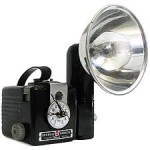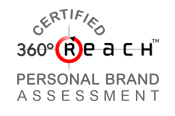 Spring and the end of the first quarter are just around the corner! In nature, the signs of the season are everywhere. In New England the hints are subtle — just as they are in some businesses.
Spring and the end of the first quarter are just around the corner! In nature, the signs of the season are everywhere. In New England the hints are subtle — just as they are in some businesses.
My years in New England have taught me something very interesting about intention — here, the advent of spring is declared publicly and loudly.
After the intention is set, it seems as if everyone in New England moves into spring mode. People act and speak differently and choose different thoughts — all to ensure everyone knows spring is on the way.
There is clear, focused action. Thoughts and deeds shift. Spring coats appear. This happens even if there are still piles of snow everywhere and you can’t yet see the brown ground.
During my first spring I was surprised by this ritual. When inquiring about this interesting change, neighbors with puzzled looks advised, “Unless you want winter to stay, you best focus on spring. It’s just not healthy to keep thinking about winter and where we have been all these months.” That year we were covered by some 140+ inches of snow and the ground was white for months. However, the message sank in, and I quickly moved my focus to spring. Now my intention shifts to ‘think spring’ each year by early March.
How does this relate to you transition? Intention is important. As is having a clear picture of what you want. It is also critical to declare your intention publicly.
Have you set your intention for your new position?
Have you declared it publicly?
Your life and energy have forward movement. Spring will come each year with or without the public declaration, yet the individuals who participate in the declaration have a clear picture of what they want spring to look like and think and act differently.
You may wind up stuck in ‘winter’ or ‘without your next position’ if you continue to think the same thoughts or fail to clearly articulate what you want from your next position.
Things are changing all around you. If you want things to change in your job search you can’t continue to think the same thoughts and execute the in the same manner — you must think different thoughts. Remember, the shift is not always comfortable.
Is it time you set your intention for a new job?
Is it time you started thinking and acting differently?
What will you do different this week?
Post a note below and share what you plan to do.











